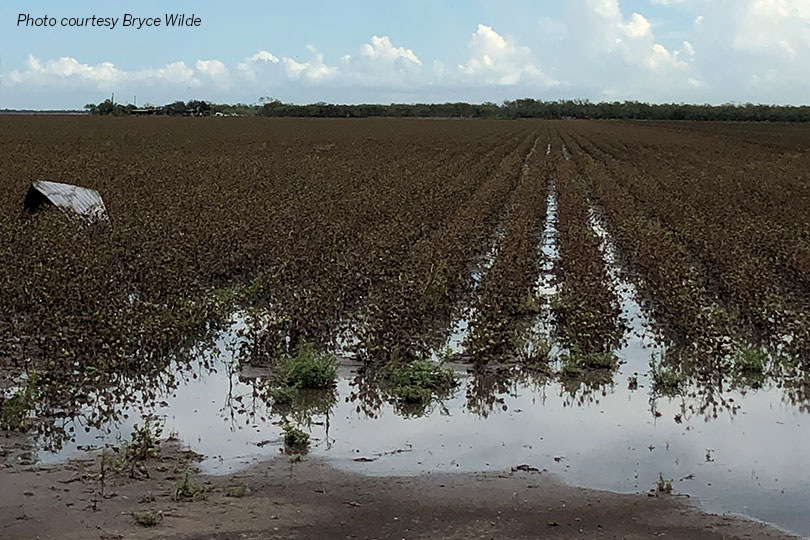By Jennifer Dorsett
Field Editor
A tough start to 2020 for Lower Rio Grande Valley (LRGV) cotton farmers progressively worsened throughout the year, according to a report from Texas A&M AgriLife Extension Service.
From lingering drought to a punishing hurricane, the region experienced wild swings in weather. Due to Hurricane Hanna, farmers only harvested about 8 percent of the expected 2020 cotton crop, or 13,000 of 162,000 acres planted in the region earlier this year.
This year’s planted acres were already a drastic reduction in acreage from the 213,500 acres planted in 2019.
From 2015-2019, LRGV cotton farmers planted an average of 163,760 acres, according to data from the U.S. Department of Agriculture’s (USDA) National Agricultural Statistics Service (NASS).
The report’s author, Texas AgriLife Extension economist Dr. Samuel Zapata, said 2020 LRGV cotton production came in even lower than 2009, when an extended drought wiped out most of the South Texas cotton crop.
Final area ginning reports indicate just 26,883 bales of cotton were ginned this season—only about 16 percent of USDA NASS totals for 2019.
And the 2020 ginned total is the second-lowest total in recent history, only marginally higher than the 18,440 bales ginned in 2008 when Hurricane Dolly ravaged the area, Zapata noted.
But Hurricane Hanna was just the latest in a line of weather-related disappointments this year. The already smaller than usual cotton crop, stunted by drought, was nearly obliterated by the hurricane’s winds.
In late July, Hidalgo County Farm Bureau member and longtime cotton farmer Brian Jones predicted the area’s entire economy would suffer from the storm’s repercussions, including cotton gins and agricultural haulers.
Zapata estimated the value of the region’s cotton harvest this year is worth around $9.35 million, the second-lowest valued crop production since 1990.

